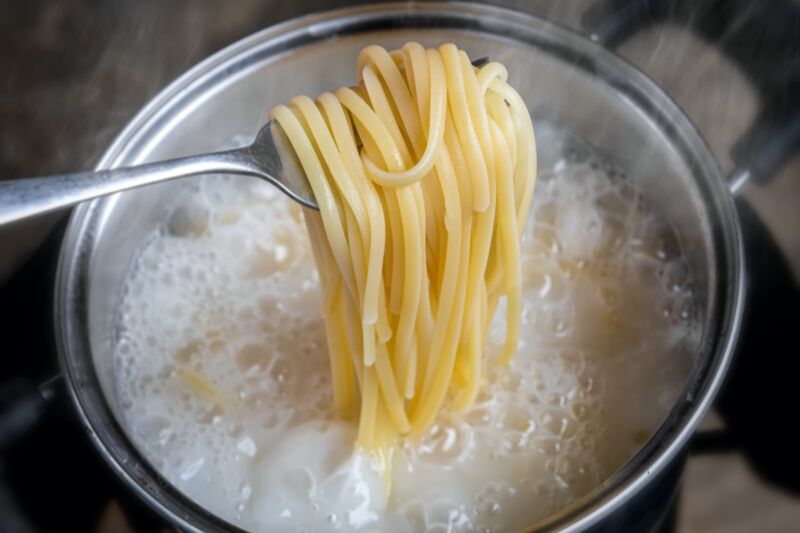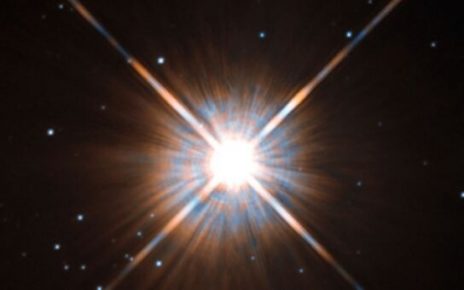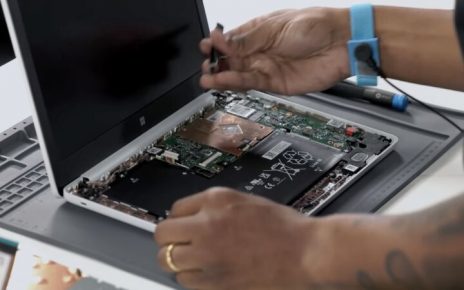
Enlarge / Physicists at the University of Illinois Urbana-Champaign have demonstrated that using a ruler—rather than the time-honored method of throwing a spaghetti strand against the wall—may be the best way to confirm when pasta is fully cooked. (credit: Nopadol Uengbunchoo/Getty Images)
Scientists found themselves working from home along with most everyone else when universities shut down in the face of the COVID-19 pandemic—including laboratories, posing a unique challenge for experimentalists in particular. That’s how physicists from the University of Illinois at Urbana-Champaign (UIUC) found themselves casting about for experiments that could be done at home in the kitchen. The physicists ended up investigating the physics of cooking pasta—first conducting home experiments, then repeating those in the lab once the university reopened.
Cooking instructions on most packaged dried pastas typically recommend an 8 to 10 minute cooking time, but it’s an imprecise method that can result in a great deal of variation in the resulting consistency of the cooked pasta. Among other findings, the UIUC physicists came up with a simple technique, using just a ruler, to determine when one’s spaghetti is perfectly al dente, with no need for the time-honored tradition of throwing a cooked strand against the wall. A paper on their findings has just been accepted for publication in the journal Physics of Fluids, and two of the authors presented the work at this week’s meeting of the American Physical Society in Chicago.
There have been a surprisingly large number of scientific papers seeking to understand the various properties of spaghetti, both cooking and eating it—the mechanics of slurping the pasta into one’s mouth, for instance, or spitting it out (aka, the “reverse spaghetti problem”). The most well-known is the question of how to get dry spaghetti strands to break neatly in two, rather than three or more scattered pieces.





